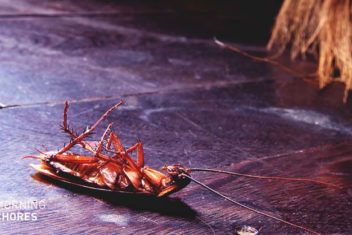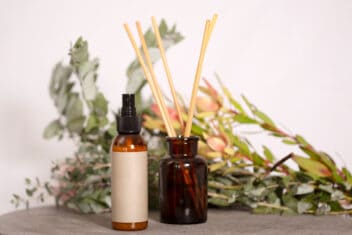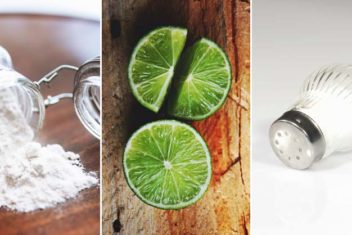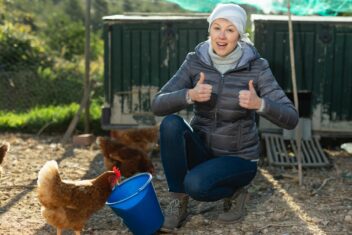Raising sheep isn’t just an enjoyable hobby but also a great way to make some money.
From meat to milk, wool to breeding stock, there are plenty of products that sheep can produce for you. One often overlooked is lanolin.
This natural substance has a ton of uses on your homestead. Even if you don’t have any interest in making some money off your animals, lanolin is liquid gold that many people overlook.
Here’s everything you need to know about it – as well as how to extract it from the wool of your sheep.
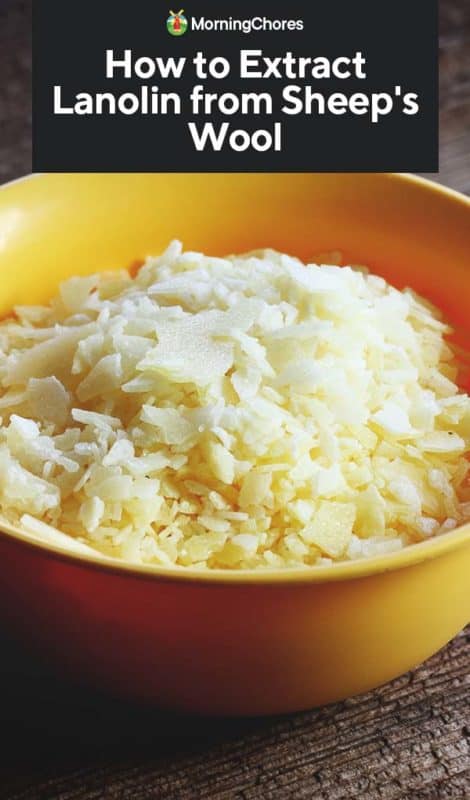
What is Lanolin?
Lanolin is a wax secreted by wool-bearing animals. Sometimes referred to as wool grease, wool yolk, or wool wax, lanolin comes from domestic sheep breeds raised primarily for wool.
That being said, lanolin is secreted from the sebaceous glands of all wool-bearing animals. It has unique waterproofing properties that help sheep shed water from their coats as well as to protect the animals from the elements. It can even ward off insects!
Humans have been using lanolin for almost as long as they have been using the wool. It’s relatively simple to extract it at home, but it’s also used widely in commercial products like cosmetics, health care items, and even as rust-preventative balms or lubricants.
What Can Lanolin Be Used For?
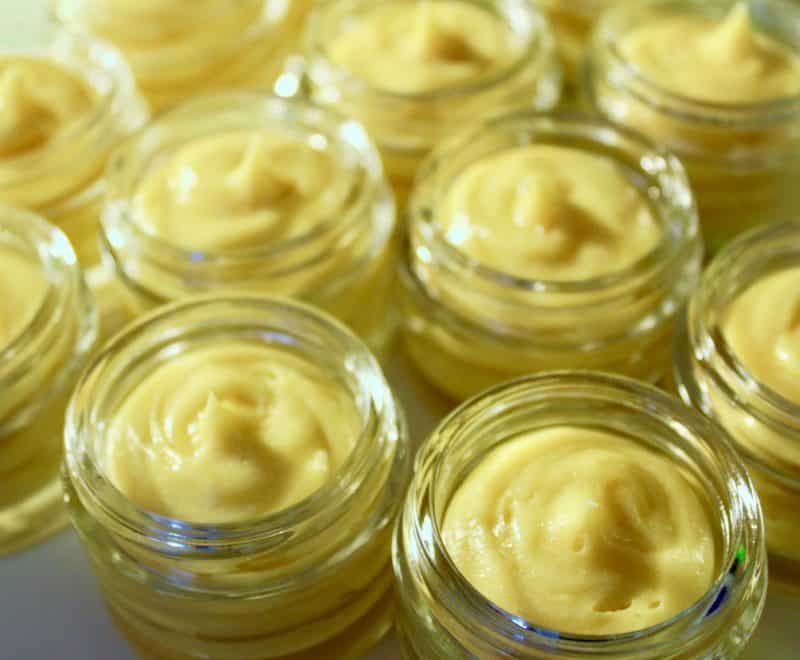
Lanolin has plenty of practical uses. Check the ingredients’ list of your favorite lip balm, shoe polish, or makeup product, and you might see it listed there!
Here are some of the most common uses for lanolin:
- Preventing and soothe sore nipples from breastfeeding
- Treating and preventing sunburn
- To soothe cracked heels or dry skin – it can reduce water loss from the skin up to 30%!
- Accelerating the healing of cuts, sores, and scrapes
- Propeller and stern gear coating to prevent the adhesion of barnacles
- To heal sensitivity and abrasions on pet paws
- Corrosion preventative in marine fasteners
- Lubricant grease to prevent corrosion in other settings
- Used to break in and soften baseball gloves
- To prevent facial wrinkles
- Has been used to treat dry eye with artificial tears
- Restoring woolen garments to make them dirt and water repellent
- As a lip balm for chapped lips
- Used in continuous positive airway pressure therapy (CPAP) to reduce mask irritation
- As an additive to mustache wax
- As a base in beard oils
- Used in leather treatments and leather care products
- As a shoe polish
- To help condition hair
- Applied as a moisturizer to prevent rough, itchy skin
There are a lot of advantages to using lanolin. It has a superior ability to clean the skin while also retaining moisture. It contains small amounts of fatty acids, chloride, and other elements, and also has no preservatives. There are some studies that suggest lanolin has some anti-cancer properties.
Lanolin use was at its peak popularity in the mid-20th century, so very little research has been done since then. A majority of the studies on lanolin’s uses and benefits are very old. However, since it has few to no side effects, there aren’t really any good reasons not to give it a try!
Don’t ingest it, though – it can make you very sick.
How to Extract Lanolin
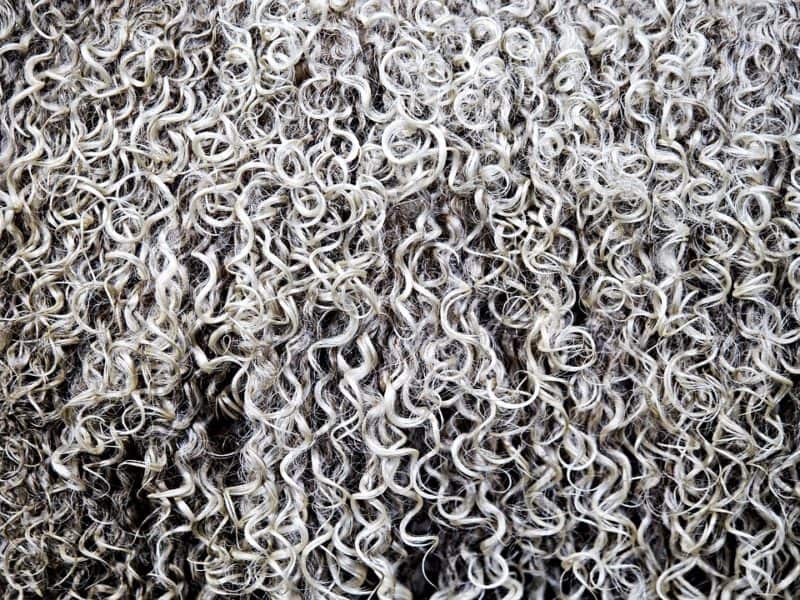
There are plenty of lanolin products that you can purchase. However, if you already raise sheep – or can get your hands on some raw wool or fleece – there’s no reason to spend your money on them!
Extracting lanolin is ridiculously easy to do. Here’s how.
Equipment Needed
- Raw wool (any amount will do – you will adjust the amount of water used accordingly)
- Large stockpot
- Mesh bags
- Water
- 3 Tbsp salt
- Stove
- Tongs
Instructions
Start with some raw wool or fleece. It should not be washed.
Fill a large stockpot with water. It needs to be able to contain all the wool, so you might have to do this outside (the pot might not fit on your stove and you may have to use an open fire instead).
Place all for the wool into the pot. Push it down so that it is completely submerged. If you have many small pieces of wool, you can put them in mesh bags so they stay together. After adding the wool, place three tablespoons of salt into the water.
Bring the water in the pot to a boil, allowing it to “cook” for several hours. You will need to keep a close eye on the water, as it’s easy for the wool to ignite if the water evaporates off. Add more water as it evaporates.
While you’re waiting for the lanolin to finish, create a clean, waterproof space where you can place your wool. Once several hours have passed, you will notice a greasy substance (almost like a fat skim) remaining. This is your lanolin.
Remove the wool and let the water boil a little longer. Then, after another half an hour or so has passed, you can strain the water through a cheesecloth to remove impurities. Pour it into a bowl and let it cool.
When it has cooled, you can skim the lanolin from the top and place it into jars. It’s ready to use and is shelf-stable, so you won’t need to refrigerate it.
Can I Still Use the Wool After Extracting Lanolin?
If you want to be able to use the wool as well as the lanolin after it has been extracted, you will need to follow a different procedure. You will need to steam the wool instead of boiling it, doing two separate 30-minute soaks in small batches of water at 130 degrees.
Between soaks, you will remove the wool, let the water drain, and place the wool on a drying rack. Then, you will transfer the water from the original kettle to a bigger kettle to boil it, removing the water while leaving the lanolin. Then you’ll soak the wool again to remove more lanolin, following the same process. If you don’t do this, your wool will be unusable.
Keep in mind that any time you process wool for lanolin, the resulting wool will be a bit different than what you’re used to. It might have a harsher feel and be more difficult to spin into yarn.
The Best Sheep Breeds for Lanolin Production

Any wool-bearing sheep will produce lanolin. However, those that produce the best lanolin are those that are considered “fine-wool” sheep. These have fleeces that are shorter in length and therefore contain more lanolin to guard against the weather.
If you raise fine-wool sheep, you might be hesitant to extract lanolin because these sheep already yield less usable wool than longer wool breeds, and it’s also the most marketable. Fine wool is less likely to be itchy and makes the highest-quality wool garments- it’s the most versatile.
However, if you aren’t concerned with this and want to give lanolin production a try, here are some of the best wool breeds for lanolin:
- American Cormo
- Delaine-Merino
- Debouillet
- Rambouillet
- Panama
- Booroola Merino
You may also have good results extracting lanolin from Icelandic, Columbia, Corriedale, Polypay, Coopworth, Perendale, Romney, or Leicester sheep.
Using Lanolin
While lanolin has a ton of benefits and is safe for most people to use and extract, it’s important that you consult your doctor before using it yourself. It’s a common allergen so you will want to make sure you don’t have any sensitivities before using it regularly.
You aren’t going to get rich extracting lanolin on your farm – it takes many thousands of sheep to produce a marketable volume of lanolin. However, if you want to be able to use every product from your animals and truly become a self-sufficient homestead, extracting lanolin can now be added to your skillset.





